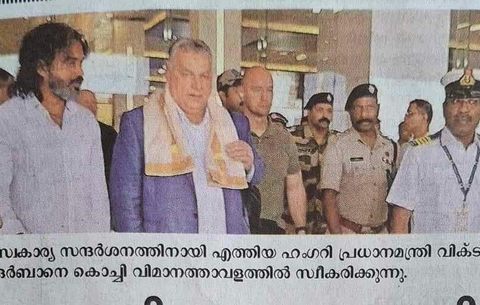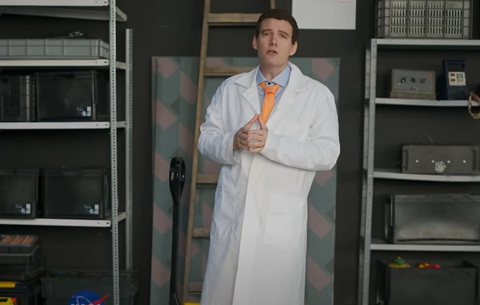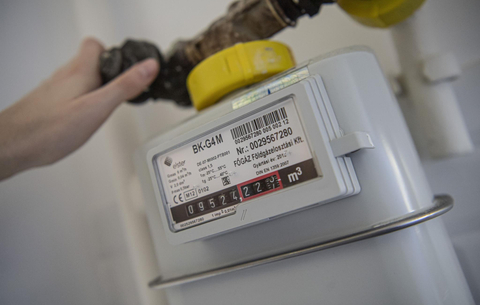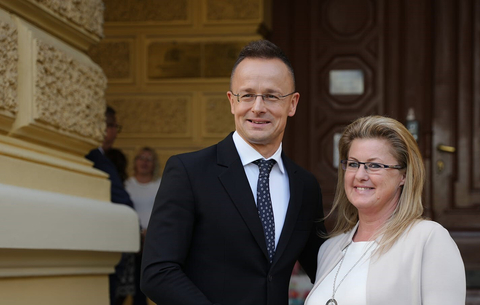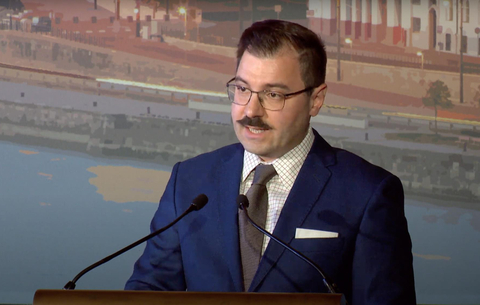Photocopiers in 1980s Hungary
For the west, photocopiers merely revolutionised office work in the 1980s, but in Hungary they stirred up political ferment.
When János Kenedi arrived in New York on a scholarship in 1982, the first thing he was told by the writer and sociologist Zsolt Csalog was: "Imagine! You can photocopy as much as you want!" In the city of freedom, Csalog was impressed less by the skyscrapers, Harlem or the treasures of the Museum of Modern Arts than by the photocopiers scattered around the corridors of New York University. And they were freely available to anyone with a few cents to spare.
In Hungary at the time, an ordinary citizen could access fewer than a dozen photocopiers, in the national libraries. These machines were strictly regulated. The archaic, slow machines could be used only to make copies of items in the library collections - and then only after these had been examined by the staff. A maximum of ten copies could be made on any one occasion, unless the user had the express permission of the library's director. The machines had their own operator. Only he could make copies of authorised pages, and he would also re-examine the material before doing so.
The turning point came in 1985, when the Soros Foundation and the Hungarian Academy of Sciences (MTA) began the process of fitting out academic, cultural and higher education institutions with "up-to-date equipment" - or photocopiers. In that year, 113 institutions out of 376 that had applied were able to unveil plaques declaring: "The procurement of this photocopier was made possible by the Soros Foundation and the MTA." The awkward phrasing reflects the fact that the machines, which the Foundation had obtained in the UK at wholesale prices, had to be bought. More importantly, they could be bought.
Until then, they had been available for purchase only on a very restricted basis. Two years before, Gábor Vályi, the legendary director of the Library of Parliament, had put all his contacts into play to obtain one modern photocopier for each of the country's larger libraries. His efforts were in vain: a senior Interior Ministry official reprimanded him, reminding him of the "risks to state security" posed by the machines.
Photocopiers rapidly became the most desired piece of office equipment. It would be hard to say whether this was because of their utility, or because they represented a kind of forbidden fruit. The Soros action increased Hungary's 'fleet' by 120 in a single year, but more followed. Institutions that had not succeeded in their Soros bids could buy further imported models from the only state agency licenced to import them, if they were prepared to pay double the price.
A 1984 ministerial directive had defined the photocopier as a "reproduction machine." This meant that photocopiers were treated the same as printing presses when it came to manufacturing, distributing and even repairing them. The most important rules made it the responsibility of a company's director to ensure the "secure storage and controlled and auditable use" of reproduction machines, and gave the police the right to check that the rules were applied.
GÁBOR MURÁNYI

